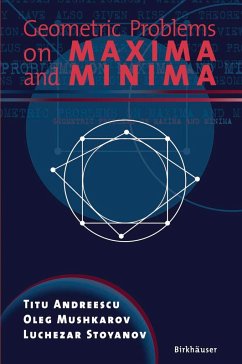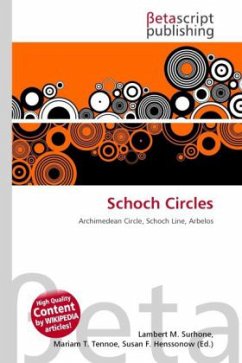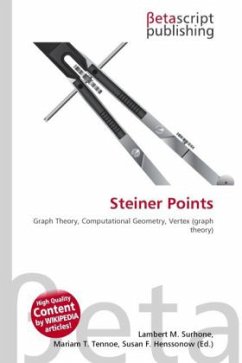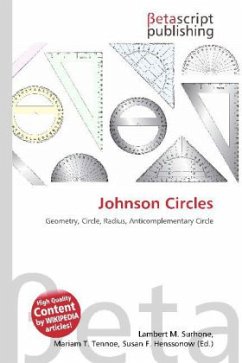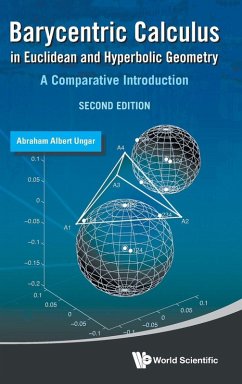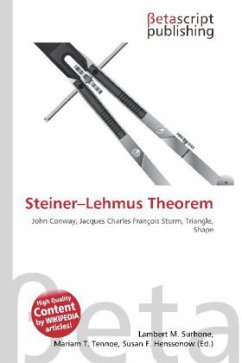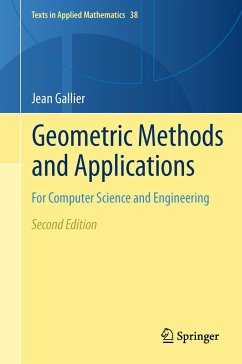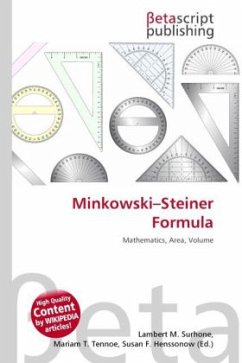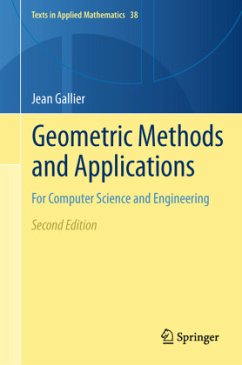
Chains of Circles - Pappus and Steiner Chains: Classical Insights and Modern Extensions
Versandkostenfrei!
Erscheint vorauss. 25. Dezember 2025
70,99 €
inkl. MwSt.

PAYBACK Punkte
35 °P sammeln!
In this book, we present the topic of chains of circles -- a subject within Plane Euclidean Geometry -- in a complete and unified manner. These chains are generally classified into two main groups: (1) Pappus chains and (2) Steiner chains. While many results on these chains have been published since ancient times, including some with practical applications, they remain scattered across the literature. To date, no comprehensive and cohesive exposition has been compiled in a single volume.This book aims to fill that gap by providing a thorough treatment of the topic, along with new research that...
In this book, we present the topic of chains of circles -- a subject within Plane Euclidean Geometry -- in a complete and unified manner. These chains are generally classified into two main groups: (1) Pappus chains and (2) Steiner chains. While many results on these chains have been published since ancient times, including some with practical applications, they remain scattered across the literature. To date, no comprehensive and cohesive exposition has been compiled in a single volume.This book aims to fill that gap by providing a thorough treatment of the topic, along with new research that leads to several important findings. Among these are an extension of the famous Archimedes formula to general chains, newly discovered properties of the chains, and their intriguing connections with conic sections -- which serve as geometric loci of points related to the chains.To benefit fully from the material, the reader should be familiar with the fundamentals of Euclidean plane geometry, similarity and inversion theory, conics, radical axes of circles, and related concepts. For convenience, Chapter 4 includes a summary of key facts that readers may reference while studying this material. Where details have been omitted or computations shortened, we provide sufficient hints, instructions, and references for the interested reader to reconstruct the full arguments. In addition, we pose a few new questions for readers who may wish to explore and publish further work on the subject.Beyond inversion, the topics explored here include Descartes's Theorem for four mutually tangent circles (not meeting at a single point) and the classical Stewart's Theorem in triangle geometry. We also take the opportunity to correct an error that has persisted in the classical bibliography.



